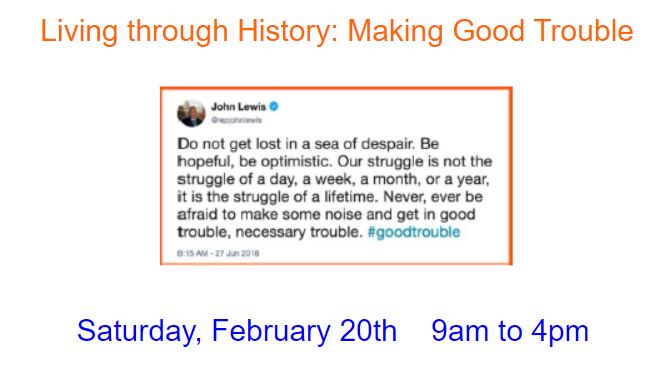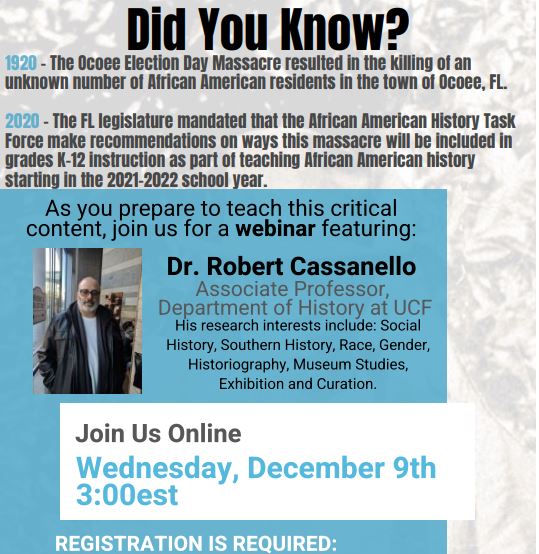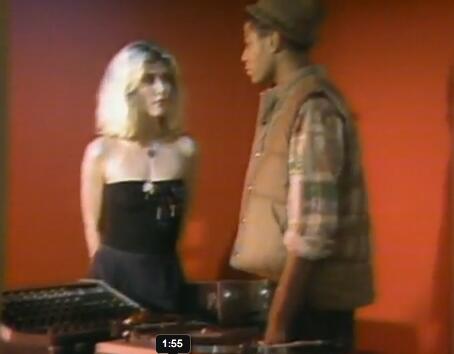In a course on Civic Studies, we recently began a unit on identity. The first readings were the biblical Book of Nehemiah; Audre Lorde, “The Master’s Tools Will Never Dismantle the Master’s House; and ”Steve Biko, “Black Consciousness and the Quest for a True Humanity.” Here are some notes.
1. The overall civic question is: “What should we do?” An identity is an answer to the question: “Who am I?” (Or, “Who is he/she/they?”) For instance, Lorde self-identified as “black, lesbian, mother, warrior, poet.”
How are these two questions related?
- You must consider who you are in order to figure out what “we” you are part of.
- Sometimes the “we” is defined badly, and that is the civic problem. People are excluded unjustly or included against their will.
- Even when the “we” is right, it may encompass differences of identity that create or reinforce injustices.
2. When discussing Elinor Ostrom and others in the first segment of our course, we were primarily focused on interests. The main solutions included various forms of negotiation and management. When discussing Jürgen Habermas and others in that segment of the course, we were primarily focused on opinions. The main solutions involved various forms of dialogue, deliberation, and communication. Now we turn to identities.
3. Interests, opinions, and identities are interconnected but are not the same.
- Interest: “I want/need …”
- Opinion: “We should …”
- Identity: “Speaking as a …”
When interests conflict, they can be negotiated, and it is sometimes possible to design and maintain systems to manage interests fairly. When opinions conflict, they can be discussed, and well-structured conversations may (sometimes) convince individuals to converge on the same opinions. When identities clash, it is not clear that individuals should negotiate, compromise, or give reasons for their differences. But it can be controversial whether a given characteristic, such as adhering to a religion, constitutes an interest, an opinion, an identity, or more than one of these. Disagreements about such questions can lead to disputes about whether individuals should be open to negotiation and responsive to arguments, or not.
4. It can be problematic to talk about identity in general terms. Some identities are vastly more significant to social justice than others. For instance, racism is the USA is not just an example of an identity-difference. You can imagine two random groups that don’t happen to like each other and who demonstrate bias or division. That is a challenge, but it is not a good description of the differences that matter to our assigned authors. For Biko: conquest, colonialism, apartheid. For Lorde: 400 years of slavery, terror, and subjugation.
5. Each form of identity has a unique history. It may also have a particular logic. For instance, it’s possible to imagine a society with significant racial diversity that is also equitable. It is not possible to imagine a society with an upper class and a lower class that are equal.
6. Nevertheless, we can also gain some insights into important differences among identities by developing general theories of identity.
7. Two general theories are worth contrasting:
- When two groups of people act and think very differently and have little contact, a powerful identity distinction emerges that can be hard to bridge.
- When people are very similar, intimately connected, and liable to mix or exchange places, there is a powerful incentive to erect and insist on identity distinctions.
Examples of (a): Europeans encountering indigenous peoples, and vice-versa. Examples of (b): Modern antisemitism in Europe or the invention of race in 17th century Virginia. My understanding of the 17th-century story is that slavery came first; racism followed. The first rationale for enslaving people from Africa was religious: Christians could enslave “heathens.” But once the enslaved people converted, a different rationale was necessary. For a few decades, colonists tried the idea of “hereditary heathenism” (Goetz 2012), but that was incompatible with core Christian doctrine. So they invented, or re-invented, race. Since then, whites and African Americans have been in constant and intense interaction and have exhibited profound similarities. White privilege is a “common pool resource” in the specific sense that it benefits all white people, whether they want it or not, yet any of us can undermine it by promotion equity. All common pool resources are fragile, and it has taken concerted, sustained effort to maintain white supremacy in the face of actual similarities and actual interactions.
8. A synthesis? Identity distinctions are made by people in response to incentives created by institutions (such as states and markets), power differentials, network ties, and path-dependence, among other factors (Wimmer 2008).
9. Identities are made, but it does not follow that they are easily unmade. They become powerful realities. E.g., modern Americans racially classify a photo of a face in less than one tenth of a second and form affective reactions to that classification (Kubota & Ito, 2007).
10. Power influences how identities are created, but it does not follow that identity-creation is necessarily bad. It can be creative and empowering.
Lorde: “Advocating the mere tolerance of difference between women is the grossest reformism. It is a total denial of the creative function of difference in our lives. Difference must be not merely tolerated, but seen as a fund of necessary polarities between which our creativity can spark like a dialectic.”
11. Questions from the readings:
- Do identity distinctions and boundaries enable collective action? If so, can we solve collective action problems without perpetuating unjust exclusions?
The Nehemiah story is about building a common pool resource and excluding outsiders. (A city wall is a common pool resource. The Jerusamelites have strong social capital. They apply many of Ostrom’s design principles, such as taking turns and enforcing the rules on the leaders) Must self-governance and exclusion go together?
- When should we accentuate “many differences,” and when should we look for “solidarity”?
Lorde: “It is a particular academic arrogance to assume any discussion of feminist theory without examining our many differences, and without a significant input from poor women, Black and Third World women, and lesbians.” Biko uses “the black man” as a category that explicitly encompasses Zulus, Xhosas, Vendas, and South Africans of Indian origin, and implicitly includes black women. He discusses a “strong solidarity” that allows Blacks to “respond as a cohesive group.”
- Who has what responsibility for learning and teaching about what?
“Let us talk more about ourselves and our struggles and less about whites” (Biko). Asking oppressed peoples to educate their oppressors “is an old and primary tool of all oppressors to keep the oppressed occupied with the master’s concerns.” For instance, to say that women of color must educate white women “is a diversion and a tragic repetition of racist patriarchal thought” (Lorde)
- How radical a change is needed?
Lorde: tolerance is “the grossest reformism.” We need to “seek new ways of being in the world.”

 Since 1949, the National Civic League has designated over 500 communities as All-America Cities for their outstanding civic accomplishments. The Award, bestowed yearly on 10 communities, recognizes the work of communities in using inclusive civic engagement to address critical issues and create stronger connections among residents, businesses and nonprofit and government leaders.
Since 1949, the National Civic League has designated over 500 communities as All-America Cities for their outstanding civic accomplishments. The Award, bestowed yearly on 10 communities, recognizes the work of communities in using inclusive civic engagement to address critical issues and create stronger connections among residents, businesses and nonprofit and government leaders.

 Obviously, such things cannot be allowed.The government of Montenegro, supported by key NATO allies, has established a military training ground on the pastoral commons. NATO saw no need to hold any public hearings or consultations with the people who live there. With the government’s assent, it just barged right in, sidelining government plans for a
Obviously, such things cannot be allowed.The government of Montenegro, supported by key NATO allies, has established a military training ground on the pastoral commons. NATO saw no need to hold any public hearings or consultations with the people who live there. With the government’s assent, it just barged right in, sidelining government plans for a 
